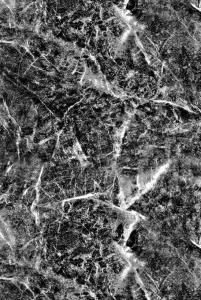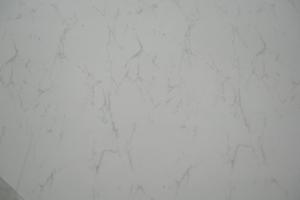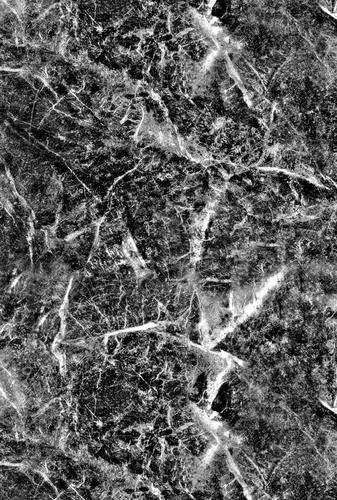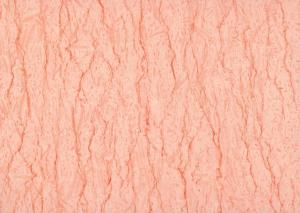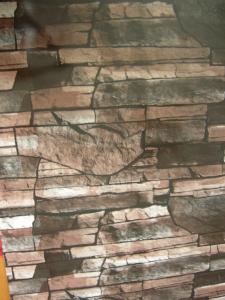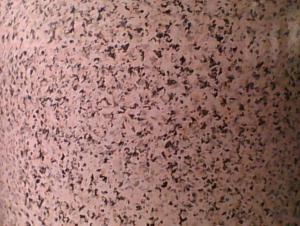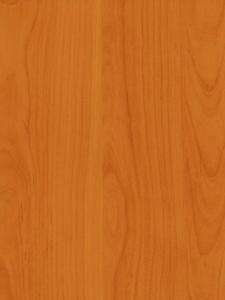Pre-painted Galvanized Steel Coil-JIS G 3312-stone pattern2
- Loading Port:
- Shanghai
- Payment Terms:
- TT OR LC
- Min Order Qty:
- -
- Supply Capability:
- 4000吨 m.t./month
OKorder Service Pledge
OKorder Financial Service
You Might Also Like
Pre-painted Galvanized Steel Coils/ PPGI/GI
I Specifications:
1.Thickness:0.16-2.0mm
2.Width:600-1500mm
3.Material: SGCC,SGCD,SECC,SECD,DX51D+Z
4.Zinc coating:40-275G/M2
5.Surface Structure: galvanized ,zero spangle, regular spangle or normal spangle
6.Surface treatment: chromated and oiled, chromated and non-oiled
7.Color:all RAL series
II Main characteristics :
1.strong corrosion resistance
2.surface quality
3.conducive to deep processing,such as the embossed PPGI,printed PPGI&punching PPGI
4.economy and practicality
III Applications:
Household Appliance:
1.Refrigerator shutter &side panels, Washer, Freezers, Air conditions,
2.Rice Cooker, Microwave Ovens, Water Heaters, Sterilization Cabinets, Range Hoods
3.Computer Panels , DVD/DVB panels, TV back panel etc.
Teaching Board: whiteboard, blackboard, green board(chalk board).
Indoor Decoration: Fireproof Door, kitchen cabinet, wall decoration.
Shipping Industries: Ship, Fecht, Marine.
Elevator/Medical Equipment/Rubbish Bin.
Thickness:0.17mm-0.8mm
Width:600mm-1250mm
Prepainted Galvanized Steel Coil
- Q: I have heard using the BRASS casing is the best thing for an AR-15? Should i just use Brass or Steel?
- Unfortunately, steel case ammo being actually harmful for your AR is a quite popular myth. Steel is less malleable than brass. When you fire a brass cartridge, the brass expands to the chamber walls and helps block any expanding cases from dirtying up your chamber. When firing steel cartridges, the steel doesn't expand as well as brass, so you probably will end up getting a little carbon residue in the chamber. This tiny amount of carbon in the chamber is enough to make extraction of brass cased ammo more difficult. When the brass expands to the dirty chamber after firing steel ammo, it conforms to the carbon residue somewhat, increasing friction. This small amount of friction is sometimes enough to make a normally okay AR malfunction when attempting to eject a fired cartridge. So to give you a short answer, use both! Just make sure to really clean out the chamber after firing steel ammo.
- Q: What is the difference between regular steel stainless steel? Why does steel rust but stainless wont? Is stainless some kind of alloy or something? Any knowledgeable input would be great. Thanx!
- the reagent of choice is toluene-3,4-dithiol.
- Q: How are steel coils made?
- Steel coils are made through a process called hot rolling, where a large slab of steel is heated and passed through a series of rolling mills to gradually reduce its thickness and shape it into a coil.
- Q: I need to know how you rate the hardness of steel any ideas?
- For the backyarder to rate hardness, you do a file test. If a smooth file will not mark the steel, it's around 60+RC (Rockwell C scale). If it will mark it with difficulty, the hardness is probably around 56- 58RC. If it will file easily, it's mild steel or is in annealed form, if it is a hardenable steel.
- Q: What are the common methods of protecting steel coils from corrosion during storage?
- There are several common methods used to protect steel coils from corrosion during storage. These methods are employed to prevent moisture and other environmental elements from coming into contact with the steel coils, which can lead to corrosion. 1. VCI (Volatile Corrosion Inhibitor) Packaging: VCI packaging is a widely used method for protecting steel coils. VCI materials are incorporated into the packaging, such as plastic bags or films, which release a vapor that forms a protective layer on the surface of the steel coils. This layer prevents moisture and other corrosive agents from reaching the steel, thus inhibiting corrosion. 2. Oil Coating: Another widely used method is to apply a thin layer of oil on the surface of the steel coils. The oil acts as a barrier, preventing moisture and oxygen from coming into contact with the steel. This method is particularly effective for long-term storage or transportation of steel coils. 3. Desiccants: Desiccants, such as silica gel packets, can be placed inside the packaging to absorb any moisture that may be present. By reducing the humidity levels inside the packaging, the risk of corrosion is minimized. This method is often used in conjunction with VCI packaging or oil coating. 4. Proper Ventilation: Adequate ventilation is necessary to prevent the accumulation of moisture around the steel coils during storage. By allowing air to circulate freely, it helps to reduce the humidity levels and prevents the formation of condensation, which can lead to corrosion. 5. Controlled Environment: Storing steel coils in a controlled environment can be an effective way to prevent corrosion. This involves maintaining a constant temperature and humidity level, which are not conducive to corrosion. Temperature and humidity control can be achieved through the use of air conditioning or dehumidification systems. It is important to note that the specific method or combination of methods used to protect steel coils will depend on various factors, such as the duration of storage, the environmental conditions, and the specific requirements of the steel coils. Regular inspections and maintenance are also crucial to ensure the ongoing protection of the steel coils from corrosion.
- Q: How are steel coils used in appliances?
- Steel coils are commonly used in appliances as a key component in the manufacturing of various parts such as heating elements, motors, compressors, and springs. These coils provide durability, strength, and flexibility to ensure the efficient functioning of appliances like refrigerators, washing machines, air conditioners, and stoves.
- Q: which is the most tough and durable steel type ??
- Speaking of Building Construction, we use grade 450 and 450B not because of toughness, its because it best serves its purpose, reinforcing concrete structure should provide the enough ductility of structure to resist flexure/bending when loads are imposed on it.
- Q: What are the different surface finishes of steel coils?
- There are several different surface finishes of steel coils, including hot rolled, cold rolled, galvanized, and coated finishes. Hot rolled coils have a rough and textured surface, while cold rolled coils have a smoother and more refined surface. Galvanized coils are coated with a layer of zinc to protect against corrosion, while coated coils have additional layers of paint or other materials for aesthetic or functional purposes.
- Q: Steel resist tension. Then why we provide steel in compression zone ?
- There are several reasons to add compression steel. Keep in mind, supported steel (meaning it can't buckle) resists compression as well. Compression steel helps reduce long term deflections. Concrete creeps under sustained loads. Steel lessens the compression, meaning less sustained compressive stress to cause creep deflection. It makes members more ductile. Since the steel takes some of the compressive stress, the compression block depth is reduced, increasing the strain in the tension steel at failure, resulting in more ductile behavior (the moment at first yield remains largely the same with compression steel added, but the increase in capacity after yield is significant). Compression steel insures that the tension steel yields before the concrete crushes, meaning it helps change the failure mode to tension controlled. It makes beams easier to construct. With bars in the top and bottom, you have longitudinal reinforcement in all 4 corners of the shear stirrups to keep them in place when pouring the concrete. Also, for continuous members, its often easier to run your negative moment steel the full length of the beam rather than trying to cut it off in the positive moment regions. Serviceability concerns. You're going to end up putting steel in that region anyway to for temperature and shrinkage.
- Q: What are the different types of steel coil surface treatment methods?
- Various industries commonly use several different types of surface treatment methods for steel coils. These methods aim to enhance the performance, durability, and appearance of the coils. Some commonly employed treatment methods for steel coils include: 1. Hot-dip galvanizing: Immersing the steel coil in molten zinc provides excellent corrosion resistance and prevents rusting. 2. Electro-galvanizing: Electroplating a thin layer of zinc onto the steel coil surface offers similar corrosion protection to hot-dip galvanizing but with a thinner coating. 3. Cold-rolled steel coil: Passing the steel coil through rollers at room temperature creates a smooth and polished surface finish, suitable for high-quality appearance applications. 4. Pre-painted steel coil: Also known as color-coated steel coil, this method involves applying a layer of paint or coating onto the steel surface, providing an attractive appearance and additional corrosion protection. 5. Phosphating: Applying a phosphate coating onto the steel surface improves the adhesion of subsequent coatings, such as paint or powder coating, and offers corrosion resistance. 6. Chromate conversion coating: This method entails applying a conversion coating, typically using chromium compounds, onto the steel coil surface to enhance paint adhesion and corrosion resistance. 7. Passivation: Chemical treatment is used to remove iron oxide and other contaminants from the steel surface, thereby improving the corrosion resistance of the steel coil. 8. Oiling: A thin layer of oil is applied onto the steel coil surface, commonly used for preventing corrosion during storage and transportation. These treatment methods are commonly employed for steel coil surfaces. The choice of method depends on specific requirements like corrosion resistance, appearance, and performance.
Send your message to us
Pre-painted Galvanized Steel Coil-JIS G 3312-stone pattern2
- Loading Port:
- Shanghai
- Payment Terms:
- TT OR LC
- Min Order Qty:
- -
- Supply Capability:
- 4000吨 m.t./month
OKorder Service Pledge
OKorder Financial Service
Similar products
Hot products
Hot Searches
Related keywords
